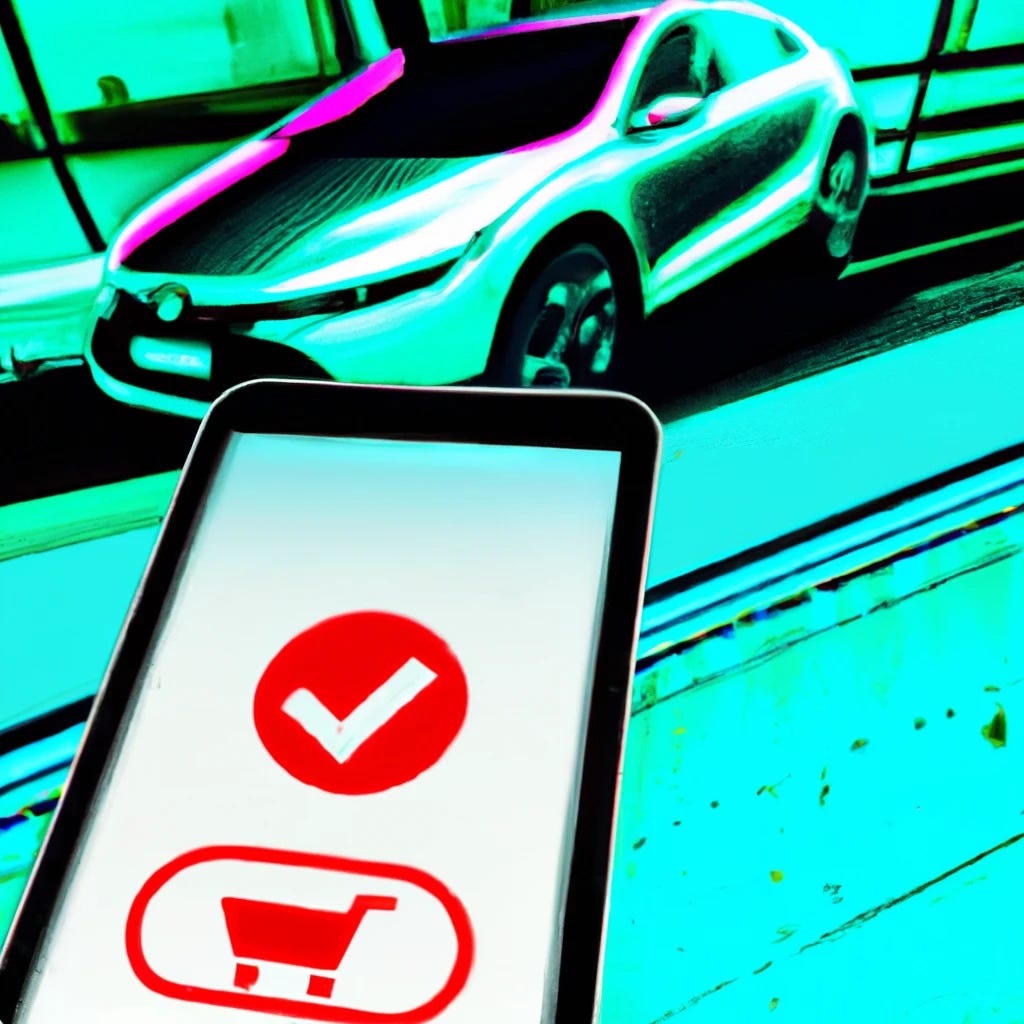BOPIS 2.0
Buy online pickup in-store is not new, but its shared benefits are inspiring many retailers to improve and promote it.
When I think of omnichannel fulfillment methods like buy online pickup in-store (BOPIS), I’m reminded of retailers’ response to covid in 2020 — but retailers were using BOPIS years before this to customize shopping experiences and offer a new level of convenience to customers.
I was reminded of this the other day when I bought a pair of jeans online from Nordstrom. The jeans I wanted had a ten-day shipping window but were available that day at a local Nordstrom store. So I bought the jeans online and picked them up later that day.
Nordstrom launched this omnichannel fulfillment method in 2017, long before it became trendy.
BOPIS was originally part of Nordstrom Local, an initiative that focused on upleveling the customer experience with local styling services and alterations at a 3,000 square-foot location in West Hollywood (compared to the average 140,000 square-foot Nordstrom store). In addition to picking up online orders at Nordstrom Local and having clothes fitted, customers could have online orders delivered to their car and return items from Nordstrom stores, Nordstrom.com, and Trunk Club.
This is from their press release in 2017:
“Nordstrom Local will have one styling suite and eight dressing rooms surrounding a central meeting space where customers can sit comfortably, enjoy a glass of wine or beer, and chat with their Personal Stylists. Customers will also find Alterations & Tailoring and Order Pickup at the entrance, and items can be hand-delivered to a customer's car via Curbside Pickup.”
Since then, Nordstrom Local has grown its footprint and BOPIS has gone mainstream.
A survey of 1,000 shoppers in 2022 found that 75% of people have used BOPIS at least once and 28% have used BOPIS between six and ten times within the year. There are also a handful of BOPIS loyalists (10%) that have used BOPIS twenty times or more within the year.
Many retail trends come and go, but BOPIS is here to stay. This is why some retailers, including Sephora, are upgrading BOPIS by adopting headless technologies — a type of software I wrote about last week that can seamlessly connect inventory operations with store-based fulfillment.
Nordstrom Rack recently pumped the brakes on BOPIS due to a disconnect here, plus in-store employees struggled to fulfill orders, equating the effort to a “treasure hunt” due to the complex nature of inventory at Nordstrom Rack stores.
The employee factor of BOPIS is a challenge for retailers with tighter inventory as well. For example, after launching BOPIS in 2018, the COO at Petco had to direct issues related to employee satisfaction and productivity.
“When we first implemented our buy online, pickup in-store service, it inconsequentially resulted in our in-store partners doing two extra jobs. They went from handling pets to worrying about timestamps and clearing orders. Six months in, we designed two separate teams, with a dedicated BOPIS person for each store. Over time, we also further streamlined the process, narrowing down our 700 ship-from-store locations to 300 stores and implemented a partnership with DoorDash to further increase convenience, simplicity, and speed for our customers.”
I don’t like to plug my company too much here, but this is a perfect use case for why we built PackageX. In addition to connecting retail inventory with omnichannel fulfillment for better BOPIS, retailers can use our carrier marketplace to partner with same-day delivery services like DoorDash. It all ties back to convenience and choice for the customer in a way that’s sustainable and practical for the retailer.
As iconic retailers like Nike are realizing, idealistic fulfillment methods like free shipping no matter what are not sustainable, nor necessary. By removing free shipping on every order and focusing on BOPIS, they’ll save on logistics costs that eat into margins and increase customer loyalty through convenience.
Similar to BOPIS, there is also a boom around BORIS (buy online, return in-store), a concept that also carries shared benefits: faster refunds for customers and lower reverse logistics costs for retailers.
I’ll talk about BORIS more in next week’s newsletter. Until then, full BOPIS ahead.


